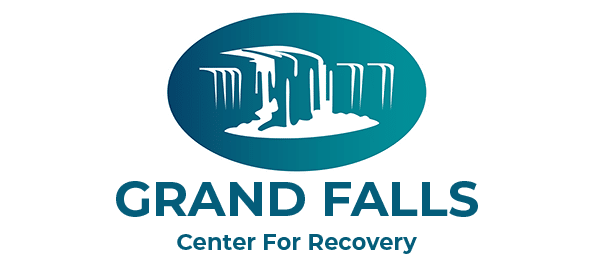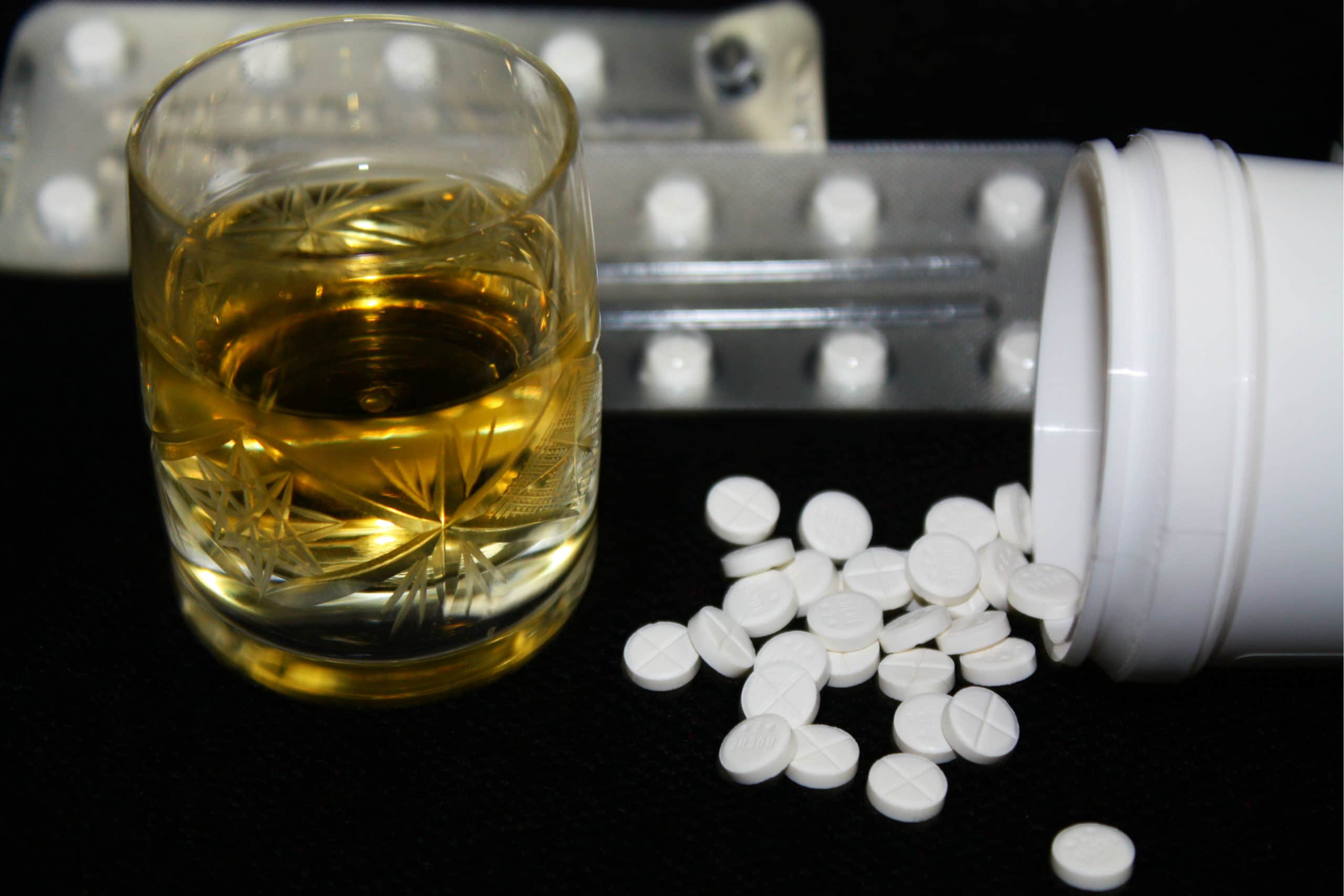Opioid addictions (opioid use disorders) are among the most common substance use disorders treated at addiction treatment centers in the United States. Recent reports on opioid use in America suggest over ten million Americans (some as young as age 12) have an opioid use disorder that stems from the use of a prescription opioid. Understanding the signs of opioid abuse is crucial to ensuring you can get the help you need to overcome addiction. Unfortunately, many of the symptoms of opioid abuse are the same symptoms that present when someone uses an opioid as directed by their provider, adding to the challenge of separating use from abuse.
What are Opioids?

Opioids are powerful drugs that are used to manage pain in medical settings. They are also used outside of the medical environment to produce a euphoric high. Opioids are found in both prescription and illicit (street drugs) forms. Doctors prescribe prescription opioids or prescription painkillers to help patients manage acute (sudden, short-term) or chronic pain conditions. Examples may include post-surgical pain or pain from medical treatments.
Other opioid drugs such as heroin and fentanyl also produce a strong high. Heroin is often a common drug of choice for people struggling with an opioid use disorder who no longer have access to prescription opioids. Examples of commonly abused opioid drugs include Vicodin, Oxycontin, heroin, and fentanyl.
Why is Opioid Abuse Common?
Often, opioid use disorders develop from using prescription opioids for medical needs. Prescription opioids perform specific functions in the brain that quickly and effectively reduce or even eliminate pain. These changes occur because opioids act upon opioid receptors in the brain, eventually changing how the brain’s reward system works. In time, it becomes difficult to feel pleasure without using an opioid.
Similarly, it becomes nearly impossible to achieve the same pain management effects with a prescribed dose. To accommodate the desire to feel the same high or to continue managing pain effectively, larger and more frequent doses are needed. If you stop using or reduce how much you use, unpleasant withdrawal symptoms will occur. The inability to manage symptoms and the desire to avoid withdrawal symptoms lead people to abuse opioids.
What are the Signs of Opioid Abuse?

It is important to recognize the signs of opioid abuse to ensure you or a loved one can get help to overcome addiction safely. However, it can be challenging to separate the effects of opioid use from misuse. The desired effects of prescription opioids do mimic the physical and psychological effects of abuse.
In most circumstances, an opioid addiction develops after a long pattern of misuse. For this reason, medical providers only prescribe opioids for short-term use. Unfortunately, short-term prescriptions are one of the reasons someone who has developed an addiction to opioids may turn to more potent, illicit drugs such as heroin when their prescription runs out. In fact, studies show that the rate of first-time heroin use was almost 20 times higher in those who used a prescription opioid first compared to those who did not.
The signs of opioid abuse will look different from person to person. They will also vary based on the severity of opioid use and the type of opioid used. While there are indeed variations in symptoms of opioid use, there are similarities as well. For example, typical physical symptoms of opioid abuse may include stomach problems, difficulty breathing, heart rate changes, skin sores, weight change, problems sleeping, and withdrawal symptoms when not using.
In addition to physical signs of opioid abuse, psychological and behavioral symptoms occur. Phycological (or mental health) symptoms that often accompany opioid abuse are depression, psychotic symptoms, anxiety, cognitive changes, and stress. Behavioral signs of opioid abuse are increased isolation, legal and financial problems related to drug abuse, mood swings, irritability, drug-seeking behaviors, poor judgment, stealing or forging prescriptions, and doctor shopping.
How to Find Opioid Addiction Treatment in Missouri
The best way to heal from opioid addiction is to seek help at a treatment program in Missouri. Opioids are powerful, highly addictive drugs, and the journey to sobriety can be complex due to the nature of opioid withdrawal. If you or a loved one are ready to get well and overcome opioid addiction, it is crucial to seek help. At Grand Falls Recovery, our Missouri detox and addiction treatment programs can help you take control of your health and your life. Our professional, knowledgeable staff is here to help you through each step of your treatment journey. To learn more about our programs, contact us today. We are available 24/7 to answer your questions and help you take the first steps towards freedom from opioid addiction.

